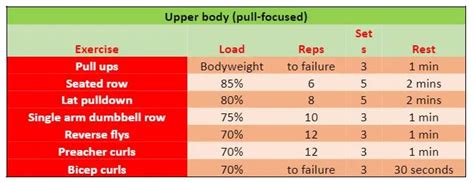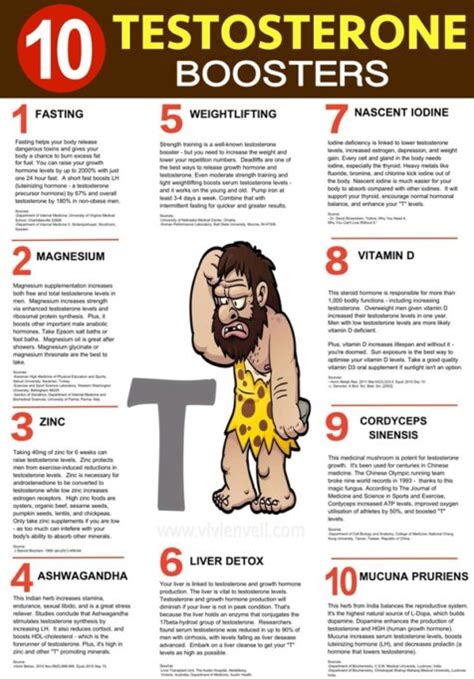Break plateaus: How to optimize strength & recovery for peak male performance?

For many men dedicated to their fitness journey, hitting a plateau can feel like slamming into a brick wall. The gains slow, motivation wanes, and progress stagnates. But these moments of frustration aren’t roadblocks; they’re invitations to re-evaluate and optimize. Breaking through a plateau isn’t about training harder; it’s about training smarter and recovering more effectively. This guide will delve into the science-backed strategies to fine-tune your strength and recovery, propelling you towards peak male performance.
Understanding the Plateau Phenomenon
A plateau often signals that your body has adapted to your current routine. While adaptation is good initially, continuous exposure to the same stressors eventually yields diminishing returns. Common culprits include insufficient progressive overload, inadequate recovery, nutritional deficiencies, and chronic stress. Recognizing these underlying causes is the first step toward devising a solution.
Optimizing Your Strength Training
To continually challenge your muscles and nervous system, intelligent strength training is paramount. Simply lifting the same weights for the same reps won’t cut it forever. The key lies in strategic application of stress to elicit further adaptation.

Progressive Overload: The Non-Negotiable
This fundamental principle means gradually increasing the demands on your body. Methods include:
- Increase Resistance: Lift heavier weights as you get stronger.
- Increase Volume: Add more sets or reps to your workouts.
- Increase Frequency: Train a muscle group more often, allowing for adequate recovery.
- Improve Technique: Better form allows for greater muscle activation and often leads to heavier, safer lifts.
- Decrease Rest Times: Shorter breaks between sets can increase the intensity and metabolic demand.
- Advanced Techniques: Periodically incorporate drop sets, supersets, negatives, or partial reps to shock the system.
Vary Your Stimulus
While consistency with core movements is vital, intelligent variation prevents staleness and targets muscles from different angles. This doesn’t mean changing your entire routine every week, but rather rotating exercises, rep ranges, or even your training split every 4-8 weeks to keep the body adapting.
Prioritize Compound Movements
Exercises like squats, deadlifts, bench presses, overhead presses, and rows engage multiple muscle groups simultaneously, leading to greater strength gains, higher caloric expenditure, and a more potent hormonal response critical for muscle growth.
Mastering Recovery: The Unsung Hero
Your muscles don’t grow in the gym; they grow during recovery. Neglecting this crucial phase is a surefire way to hit a plateau. Optimize your recovery across multiple fronts to ensure your body can repair, rebuild, and come back stronger.

The Power of Quality Sleep
Aim for 7-9 hours of quality sleep per night. During deep sleep, your body releases crucial growth hormone, repairs muscle tissue, consolidates energy stores, and regulates other vital hormones. A consistent sleep schedule, a dark, cool, and quiet environment, and avoiding screens before bed are essential for optimal sleep hygiene.
Precision Nutrition
Fuel your body for growth and repair with a balanced and nutrient-dense diet.
- Protein: Consume 1.6-2.2 grams of protein per kilogram of body weight daily to support muscle protein synthesis and repair.
- Carbohydrates: Replenish muscle glycogen stores, especially around workouts, to maintain energy levels and prevent muscle breakdown. Focus on complex carbohydrates.
- Healthy Fats: Essential for hormone production (including testosterone) and overall cellular health. Incorporate sources like avocados, nuts, seeds, and olive oil.
- Micronutrients: A diverse diet rich in fruits, vegetables, and whole grains ensures you get vital vitamins and minerals that support recovery and overall health.
- Hydration: Drink plenty of water throughout the day, especially before, during, and after workouts, as dehydration significantly impairs performance and recovery.

Active Recovery & Stress Management
Light cardio, stretching, foam rolling, and massage can improve blood flow, reduce muscle soreness, enhance flexibility, and accelerate waste product removal. Equally important is managing mental stress, which can elevate cortisol levels and significantly hinder recovery and performance. Incorporate mindfulness, meditation, hobbies, or spending time in nature to de-stress.
The Mindset for Sustained Progress
Physical optimization is intrinsically intertwined with mental fortitude. Consistency, patience, and a positive, adaptable mindset are non-negotiable for long-term success and breaking through seemingly insurmountable barriers.

Consistency Over Intensity
Showing up consistently, even on days you don’t feel 100%, builds momentum and reinforces habits. Focus on long-term adherence and steady effort rather than sporadic bursts of extreme, unsustainable intensity.
Patience and Adaptability
Progress isn’t linear. There will be good days, bad days, and periods of slower growth. Learn to listen to your body, adjust your training or recovery as needed, and trust the process. Being flexible allows you to navigate setbacks and keep moving forward.
Putting It All Together for Peak Performance
Breaking plateaus and achieving peak male performance requires a truly holistic approach. It’s the synergy of smart, progressive training, meticulous recovery protocols, and a resilient, patient mindset that unlocks new levels of strength, vitality, and overall well-being. Track your progress diligently, regularly assess your strategies, and don’t be afraid to seek expert guidance from coaches or healthcare professionals when needed.

By taking a comprehensive view of your fitness journey and giving equal importance to both the breakdown (training) and the build-up (recovery), you’re not just breaking through plateaus – you’re building a sustainable foundation for lifelong peak performance and an optimized physique.








